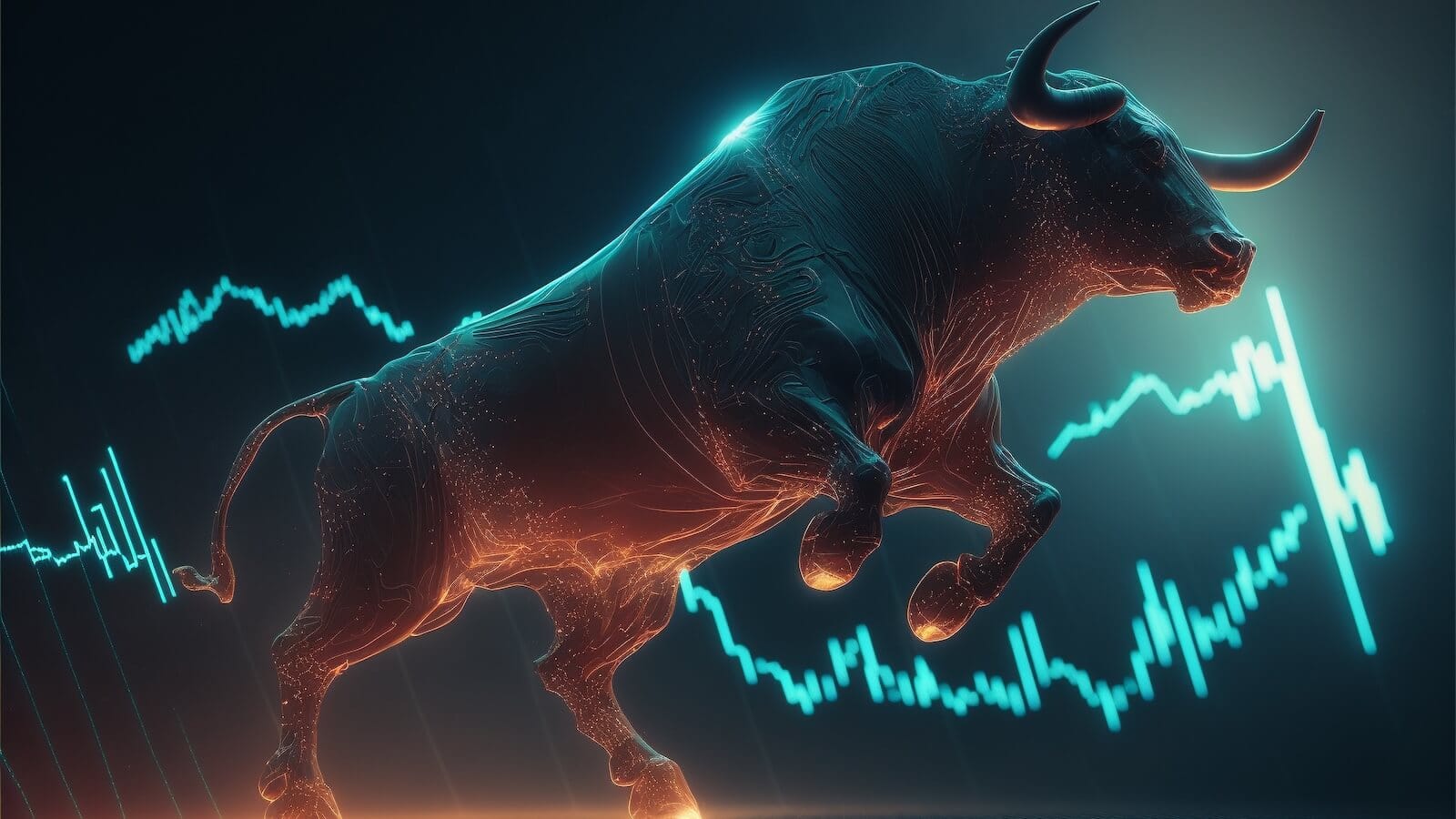BOND RALLY IS IN DOUBT -- 7-10 YEAR TREASURY BOND ETF MAY RETEST 200-DAY LINE -- INVESTMENT GRADE CORPORATE BOND ISHARES ARE STALLING AT 50-DAY LINE -- BARCLAYS AGGREGATE BOND FUND COVERS ENTIRE CATEGORY OF INVESTMENT GRADE BONDS
BOND RALLY IS IN DOUBT... Last Tuesday's message showed the bond market attempting a rebound after some heavy selling during March. So far the rally has been less than impressive. That's especially true of Treasuries. Chart 1 shows the Barclays 7-10 year Treasury Bond iShares (IEF) attempting a rally off its 200-day moving average. After meeting resistance along its January low (upper line), the IEF appears to be weakening again. That could result in a rest of its 200-day line (red arrow). The green line drawn unders its October low represents an even more important support line. Chart 2 shows Investment Grade Corporate Bond iShares (LQD) struggling with resistance at its 50-day average (blue circle). The chart shows the LQD recently bouncing off its support line drawn over the November peak. That makes that a very important support line.

(click to view a live version of this chart)
Chart 1

(click to view a live version of this chart)
Chart 2
INVESTMENT GRADE ALTERNATIVES ... Chart 3 shows the Barclays Aggregate Bond iShares (AGG). The AGG offers exposure to the U.S. investment grade bond market that includes both corporate and Treasury bonds. [It does not include high yield (junk) bonds]. Treasuries account for 35% of the AGG, while corporate bonds account for roughly 20%. The corporate portion includes bonds from industrial, financial, and utility corporations. Chart 3 shows the AGG meeting resistance at its 50-day line (blue arrow). The second biggest category in the AGG is mortgage backed securities. Chart 4 shows a separate ETF that covers that group. It's the Barclays MBS Fixed-Rate Bond iShares (MBB). [MBB stands for mortgage backed securities]. Chart 4 shows the MBB holding up better than other investment grade bonds at the moment. The AGG offers a vehicle for investors to stay in investment grade bonds without having to choose between corporates and Treasuries. If interest rates start rising (which will happen eventually), long-term Treasuries are the most vulnerable. Investment grade corporates could weaken as well, but not as much. High-yield corporates (not shown here) are the least vulnerable to the threat of rising rates.

(click to view a live version of this chart)
Chart 3











